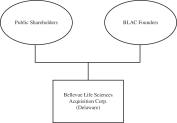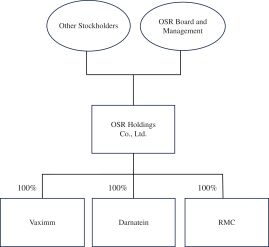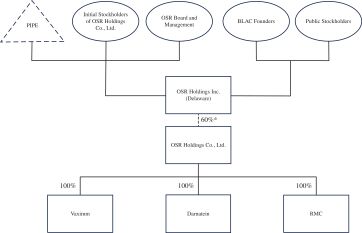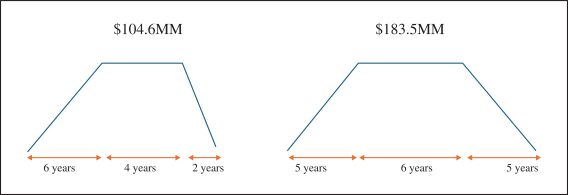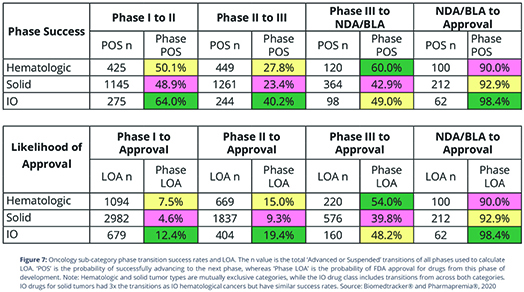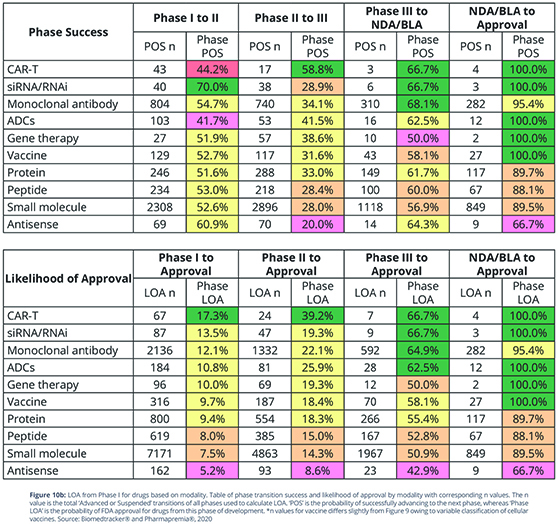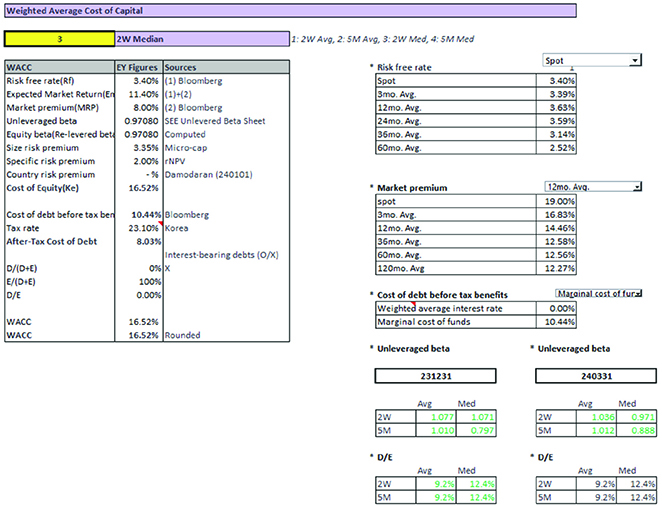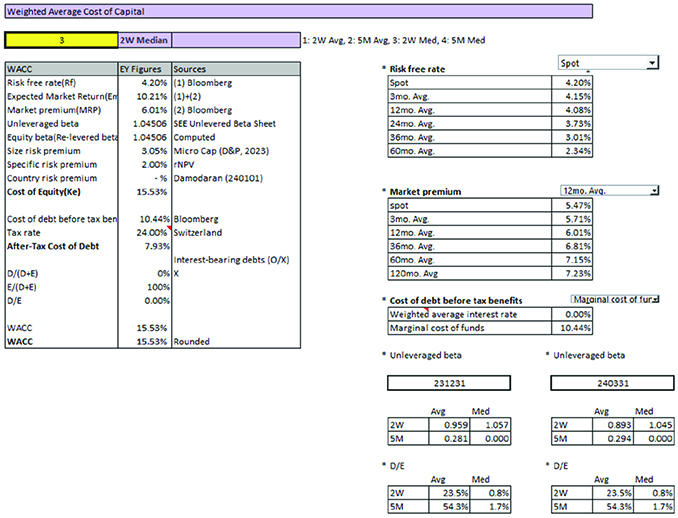other information enabling such person to produce or reproduce any Company Product or Company Service, or any other material, product, substance or process developed or otherwise commercialized by the Company or by any Company Subsidiary, through or from the Company or any Company Subsidiary, any escrow agent or any other person. The Company has not disclosed or delivered to any escrow agent or any other person any source code for any Company Software or any formula, bill of materials or other information enabling such person to produce or reproduce any Company Product or Company Service, or any other material, product, substance or process developed or otherwise commercialized by the Company or by any Company Subsidiary, and no person has any right, contingent or otherwise, to obtain access to or use any such source code.
(q) No Governmental Authority, and no other national, multi-national, bi-national or international governmental organization, governmental research center, university, college, other educational institution, foundation, research center or non-profit institution (collectively, “Institutions”) provided or provides funding, facilities, personnel, Intellectual Property, technology, research, equipment, or other resources for the invention, creation, development or registration of any Company-Owned IP, Patents licensed to the Company on an exclusive basis, Company Software, Company Products, and/or Company Services, or has any rights to any of the foregoing.
(r) To the knowledge of the Company, no person has infringed, misappropriated, misused or violated, or is infringing, misappropriating, misusing or violating, any Company-Owned IP, Patents licensed to the Company on an exclusive basis, Company Software, Company Products, and/or Company Services. The Company has not made any claim against any person alleging any infringement, misappropriation, misuse or violation of any Company-Owned IP, Patents licensed to the Company on an exclusive basis, Company Software, Company Products, and/or Company Services.
(s) Schedule 3.13(s) of the Company Disclosure Schedule sets forth a true, correct and complete list of all Outbound IP Licenses. None of the Outbound IP Licenses will, after the Closing, apply to BLAC or BLAC’s affiliates other than the Company.
(t) Schedule 3.13(t) of the Company Disclosure Schedule sets forth a true, correct and complete list of all Inbound IP Licenses, excluding Contracts for Off-the-Shelf Software or licenses for Open Source Materials.
(u) The Company has paid, in full, all mandatory compensation the Company is required to pay to employees, contractors and consultants of the Company in relation to all Company-Owned IP, and neither this Agreement nor any transactions contemplated by this Agreement will result in any further amounts being payable to any current or former employees, contractors or consultants of the Company in relation to any Company-Owned IP.
(v) The Company has not made, directly or indirectly, any commitments, promises, submissions, suggestions, statements or declarations to any standards-setting bodies, industry groups or other similar organizations (“Standards Organizations”) (including any commitments, promises, submissions, suggestions, statements or declarations that would obligate the Company or any Company Subsidiary to grant licenses to any person or otherwise impair or limit the Company’s or any of the Company’s Subsidiaries’ control of any Company-Owned IP.
(w) Neither the Company nor any Company Subsidiary has received any notice or request to indemnify, defend or hold harmless any Person with respect to any claim of infringement, misappropriation, misuse or violation of any Intellectual Property during the past five (5) years.
(x) Each Company Product and Company Service conforms in all material respects to the specifications and documentation therefor, all applicable contractual commitments and express and implied warranties therefor, and all applicable Laws. Other than individual warranty or other claims in the ordinary course of business consistent with past practice, neither the Company, nor any Company Subsidiary has received notice of any actual or threatened action, claim or legal proceeding, or indicating an intention on the part of any person to bring any action, claim or legal proceeding, and no action, claim or legal
A-28

